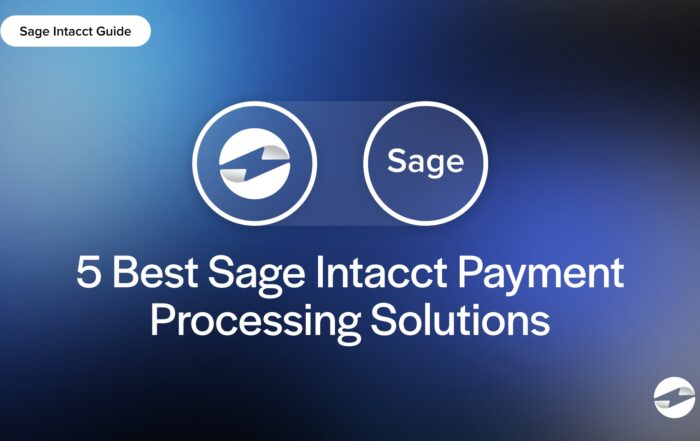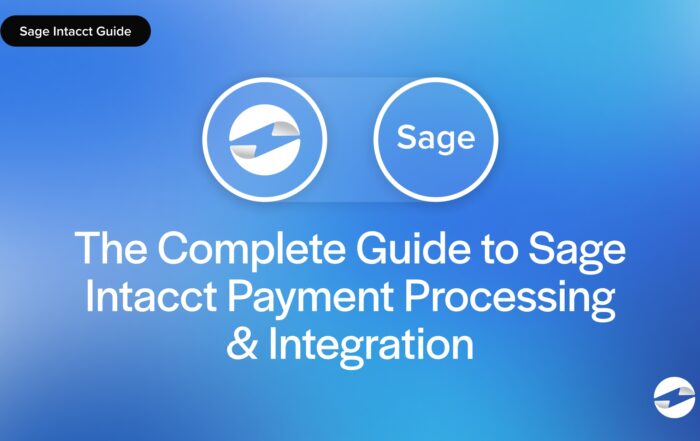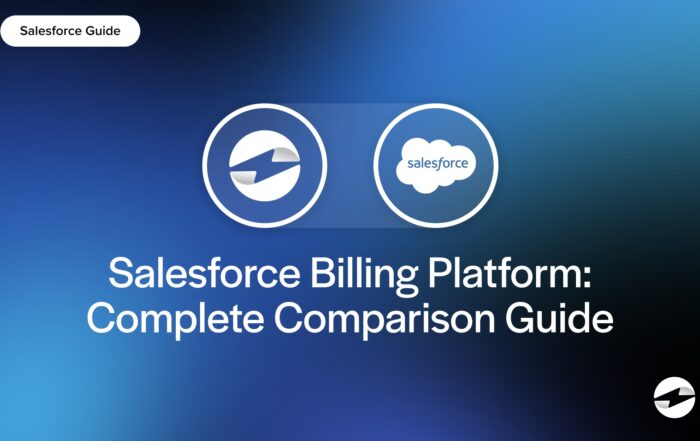What is bad debt?
Bad debt is money a business expects to receive but never does. Imagine running a small business and selling $5,000 worth of products on credit. If the customer never pays, that $5,000 becomes bad debt—a financial loss you have to account for. It’s an unavoidable part of doing business, especially for companies that offer credit terms to customers. When recording bad debt, the accounting entry is referred to as bad debt expense. Bad debt expense is the cost businesses record when they realize certain receivables won’t be collected. It reduces the receivables on the balance sheet and is an expense on the income statement.
Key Points
- A business experiences bad debt when it anticipates payment but does not receive it, frequently as a result of unpaid invoices or poor financial planning, which results in losses.
- There are two methods for calculating bad debt: the allowance method, which estimates potential bad debts proactively, and the direct write-off method, which records debt after it’s confirmed uncollectible.
- While bad debt, such as missed bills or high-interest loans, just adds needless expenses, good debt, such as loans for expansion or inventory finance, aids in the growth of companies.
How to calculate bad debt expense
There are two common methods to estimate bad debt:
- Percentage of Sales Method – A fixed percentage of total sales is set aside as bad debt based on past trends. Example: If a business has $500,000 in sales and estimates 2% will be uncollectible, the bad debt expense is $10,000.
- Aging of Accounts Receivable Method – Older unpaid invoices are more likely to become bad debt. This method categorizes receivables by age and assigns different probabilities of being uncollectible.
Both methods help businesses anticipate losses from unpaid invoices, ensuring more accurate financial reporting and better cash flow management.
Bad debt expense journal entry
There is always a chance that some invoices won’t be paid when companies credit their clients. Businesses must record these uncollectible debts as bad debt expenses to maintain accurate financial records.
There are two main ways to record bad debt: the allowance method and the direct write-off method.
1. Allowance method (preferred for GAAP compliance)
Businesses use the allowance method, a proactive strategy, to estimate bad debt before it occurs. Companies set aside a reserve (known as an Allowance for Doubtful Accounts) to cover anticipated losses rather than waiting for an invoice to go unpaid. Identifying possible bad debt at the same time as the associated sales maintains the accuracy of financial accounts.
Example:
Let’s say a company has $500,000 in credit sales for the year and historically, 2% of sales go unpaid. The company will estimate $10,000 as bad debt expense.
Journal Entry:
Debit: Bad Debt Expense $10,000
Credit: Allowance for Doubtful Accounts $10,000
| Account Name | Debit | Credit |
|---|---|---|
| Bad Debt Expense | $10,000 | |
| Allowance for Doubtful Accounts | $10,000 |
- Bad Debt Expense records the estimated loss.
- Allowance for Doubtful Accounts is a contra-asset account that reduces Accounts Receivable, so financials don’t overstate expected income.
If later, a specific invoice for $2,000 is confirmed as uncollectible, the company writes it off:
Debit: Allowance for Doubtful Accounts $2,000
Credit: Accounts Receivable $2,000
| Account Name | Debit | Credit |
|---|---|---|
| Allowance for Doubtful Accounts | $2,000 | |
| Accounts Receivable | $2,000 |
This reduces both the allowance and the total receivables, so everything is balanced.
2. Direct write-off method (Used for simplicity, but not GAAP compliant)
With the direct write-off method, businesses wait until an invoice is confirmed as uncollectible before recording bad debt. Although this is simpler, it is not as accurate because bad debt is not matched to the sales period during which revenue was recorded.
Example:
A company has an invoice for $10,000 that the customer won’t pay. Instead of estimating bad debt earlier, the company writes it off after multiple collection attempts.
Journal Entry:
Debit: Bad Debt Expense $10,000
Credit: Accounts Receivable $10,000
| Account Name | Debit | Credit |
|---|---|---|
| Bad Debt Expense | $10,000 | |
| Accounts Receivable | $10,000 |
- This removes the uncollectible amount from Accounts Receivable, but it may distort profit margins since the expense isn’t recorded until much later.
- This method is used by small businesses or for tax purposes, but larger companies use the allowance method for accuracy.
The direct write-off method is easy to use, but it can give a distorted view of a company’s financial health by delaying the recognition of bad debt. For a more accurate picture, most businesses—especially larger ones—prefer the allowance method, which aligns expenses with the revenue they relate to.
Can a written-off debt be recovered?
Yes, if a customer ends up paying a debt that was already written off, the business can undo the write-off and count the payment as revenue. This usually means bringing the receivable back onto the books and then recording the payment. It doesn’t happen often, but when it does, it’s a nice surprise that can give the company a little extra cash flow.
Journal entry for recovered debt:
1. Reverse the write-off:
Debit: Accounts Receivable $10,000
Credit: Allowance for Doubtful Accounts $10,000
| Account Name | Debit | Credit |
|---|---|---|
| Accounts Receivable | $10,000 | |
| Allowance for Doubtful Accounts | $10,000 |
2. Record the payment received:
Debit: Cash $10,000
Credit: Accounts Receivable $10,000
| Account Name | Debit | Credit |
|---|---|---|
| Cash | $10,000 | |
| Accounts Receivable | $10,000 |
Good debt vs. bad debt
Debt isn’t always bad. When managed correctly, good debt can help businesses grow, while bad debt can weigh them down.
What is good debt?
Good debt is an investment that generates future returns. It helps businesses expand, improve efficiency, or increase revenue. When used wisely, it can be a strategic tool for growth.
Examples of good debt:
- Business loans for expansion – A company takes out a loan to open a new location, hire more staff, or buy equipment that increases production.
- Inventory financing – A retailer borrows money to stock up on products before a big holiday season, expecting strong sales.
- Lines of credit for cash flow – A business gets a line of credit to cover short-term expenses like payroll during a slow sales period, knowing revenue will bounce back soon.
What is bad debt?
Bad debt, on the other hand, doesn’t provide a financial benefit and only adds unnecessary costs. It typically results from poor financial planning or lending to customers who are unlikely to pay back what they owe.
Examples of bad debt:
- Unpaid invoices – A company sells to customers on credit who never pay.
- High-interest loans – Borrowing at high interest rates without a clear plan to pay back.
- Unnecessary purchases – Taking debt for equipment, services, or expansion that doesn’t generate enough revenue to justify the cost.
How to avoid bad debt
While debt is sometimes unavoidable, businesses can take steps to reduce their risk and avoid financial strain.
- Vet customers before extending credit – Check credit history, require deposits, or use stricter payment terms.
- Use payment processing solutions – Businesses can use EBizCharge to streamline payment collection and reduce bad debt.
- Monitor aging receivables – Follow up on overdue invoices to prevent them from becoming uncollectible.
Accurate financial records and a healthy cash flow depend on poor debt management. Strong credit rules, proper accounting practices, and an understanding of the distinction between good and bad debt can help businesses reduce losses and make better financial decisions.
You May Also Like
The Complete Guide to Sage Intacct Payment Processing & Integration
Read More
Read More
Salesforce Billing Platform: Complete Solution Comparison Guide
Read More



